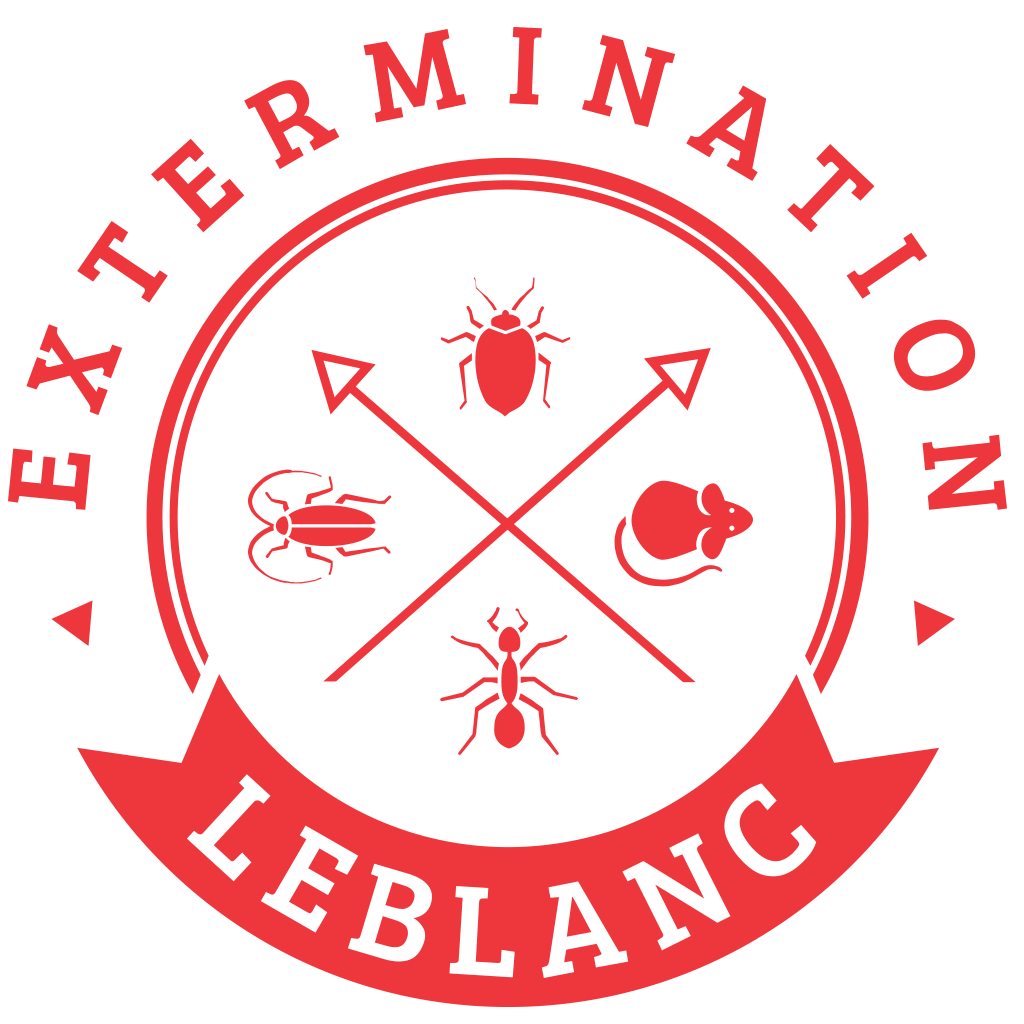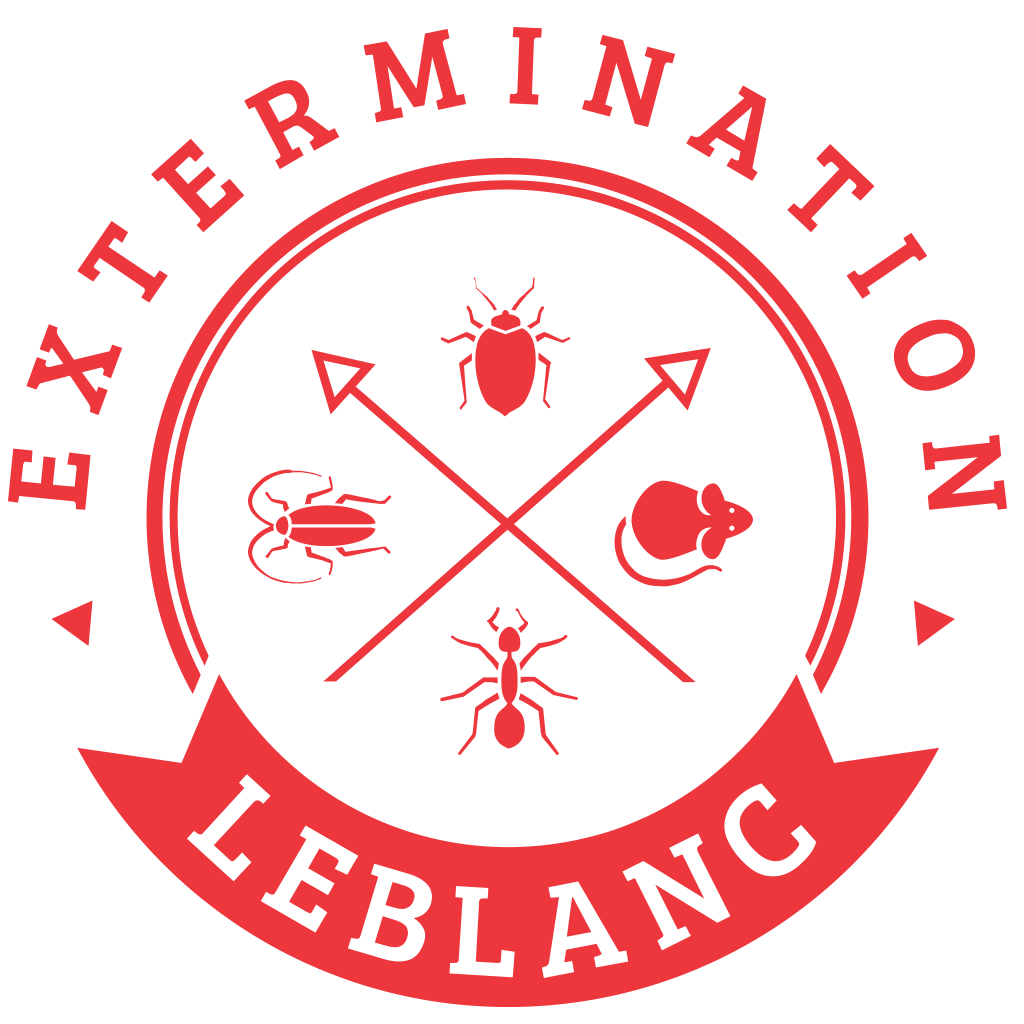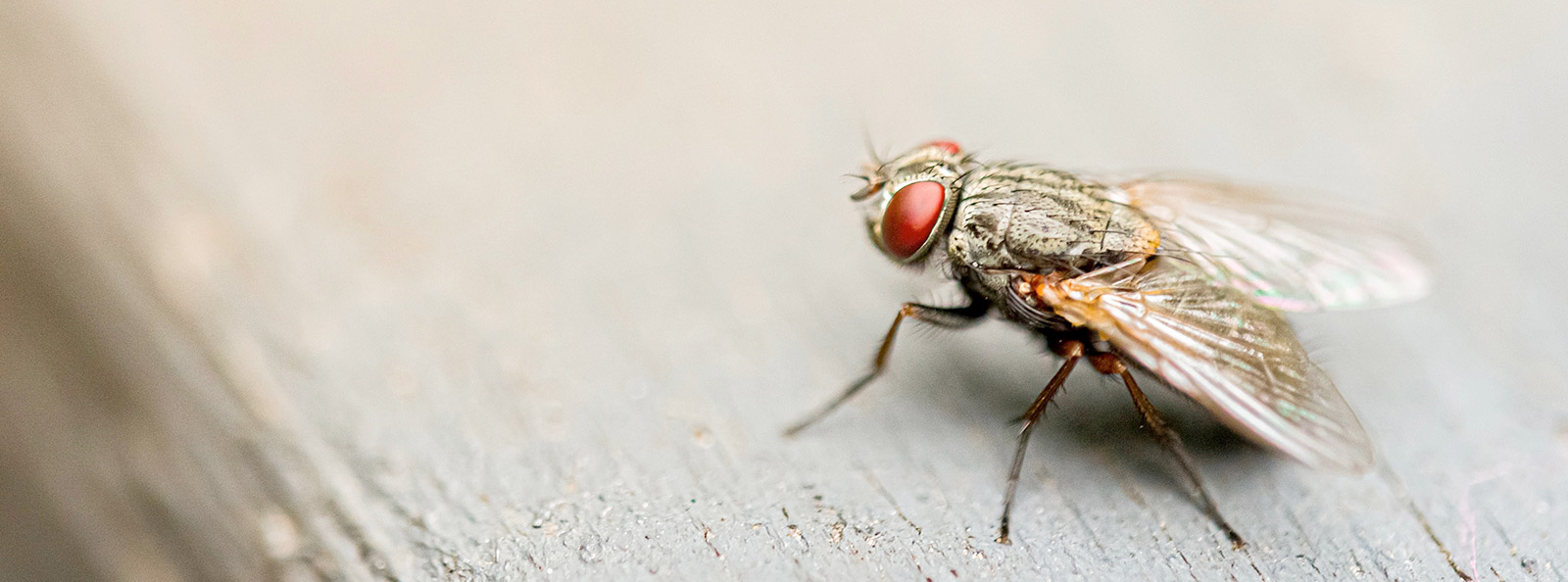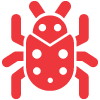Description
The Cluster Fly (Pollénie du lombric) resembles the domestic fly but is bigger, darker and moves slower. They are grey in colour and its body is decorated of black and silver checkerboard patterns. The difference between the Cluster fly and the domestic fly is the fact that its wings overlap when resting. They are attracted by ultra-violet rays from the sun. When one crushes one of these flies, a buckwheat honey smell emerges.
LIFE CYCLE
The Cluster Fly is a parasite stemming from earthworm. When spring arrives, females will emerge to breed and lay their eggs one at a time in the ground. After only 3 to 7 days after the eggs will have been laid, they become larvae. The larvae then bury themselves into the ground to infect earthworms in order to feed and moult. This cycle lasts between 13 to 22 days. The pupa stage lasts 11 to 14 days. The complete development cycle of a Cluster fly is from 30 to 40 days. They can have 3 to 4 generations per summer. They do not breed during the winter.
HABITAT
The Cluster fly normally lives outside but when winter arrives, they will look for a place to hibernate. They will hide in tree bark or cracks found in rocks. They can attach themselves to the walls of a house in order to warm up and this especially on walls facing south or west. They end up entering through small openings that they find and will group up in the walls or attic to spend the winter.
FOOD
In the summer, they feed of fruit, flowers and tree sap. They do not feed during the winter but rather will opt to hibernate.
PREVENTION
- Install window screens and verify that they do not have any holes or cracks.
- Install weather-strips around windows and doors.
- Seal and close all crevasses and cracks around door frames, windows and any other openings around the structure of the building.
- Install screens on aeration vents that are located on the roof top.











